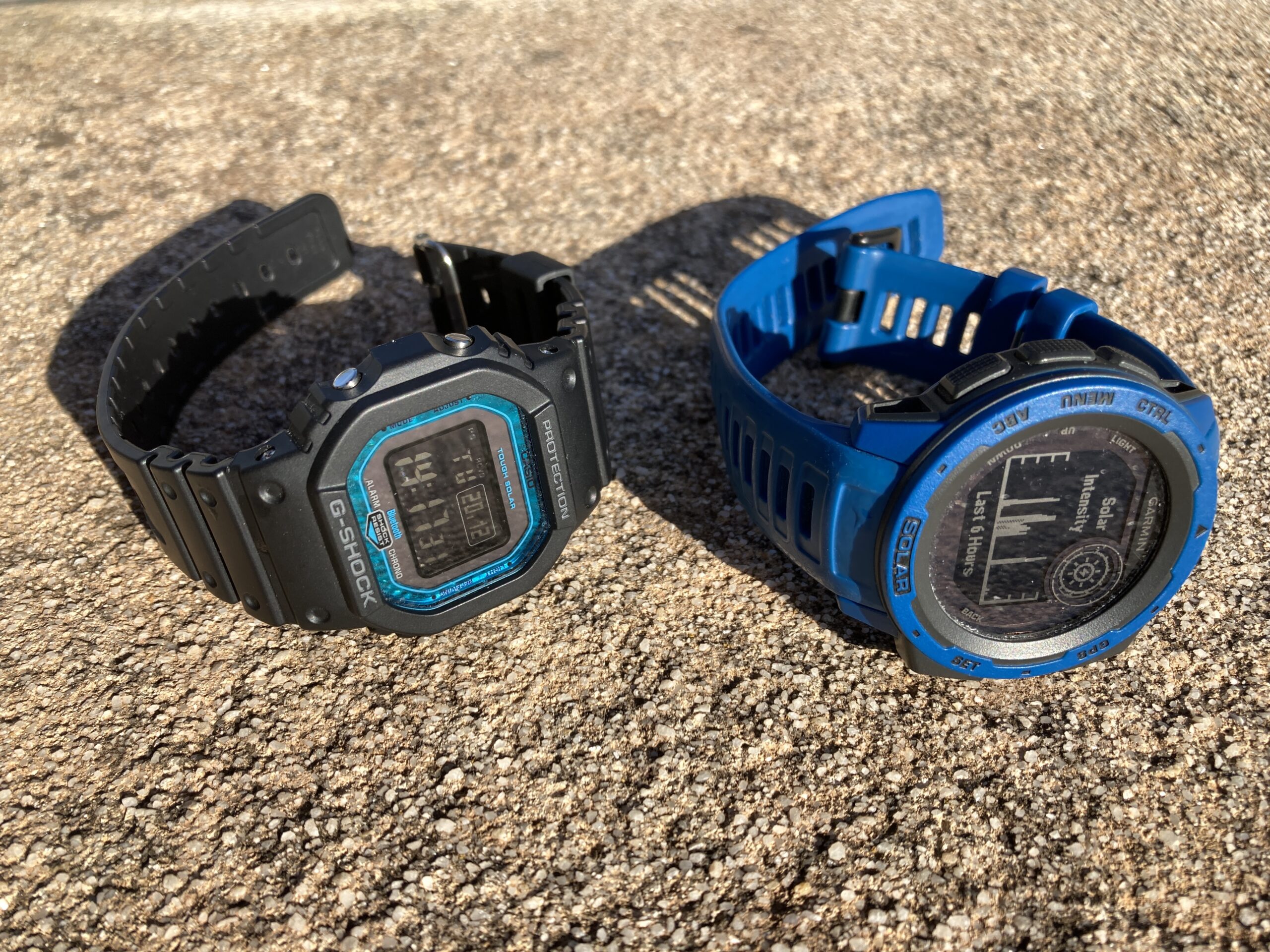Tag: podcast
-

Switzerland and Renewable Energy
Reading Time: 2 minutesYesterday while driving the radio was on. Usually I would turn it off because people usually speak about unimportant things. Yesterday was different. Yesterday someone was speaking about solar power and Switzerland. He said that at the moment just 6 percent of houses have solar panels, when it should be closer to…
-
13 Minutes to the Moon
Reading Time: < 1 minute13 Minutes to the Moon is an interesting podcast dedicated to the Lunar Landings. This podcast, along with audiobooks, is interesting because they allow us not just to read the dialogues that took place but to hear what the controllers and astronauts heard. At one point in Episode two, you hear…
